Surface Disinfection in Medical & Healthcare Setting
Disinfection of surfaces in the medical and healthcare sector
Disinfection of surfaces in the medical and healthcare sector
Due to the significant increase in antibiotic-resistant bacteria in care facilities, surface disinfection in medical and care settings is becoming increasingly important. Every prevented infection saves lives and enhances the safety of patients and staff. Regular and proper disinfection of surfaces reduces pathogens to safe levels and minimizes the risk of infections in healthcare facilities.
It is crucial to use high-quality disinfectants and appropriate application methods. Following the motto „prevention is better than cure,“ the proven Sanosil disinfection products have been exemplary in fulfilling their role in every hygiene concept for years.


Ready-to-use disinfectant with depot effect for surfaces
Ready-to-use disinfectant for surfaces - very fast-acting
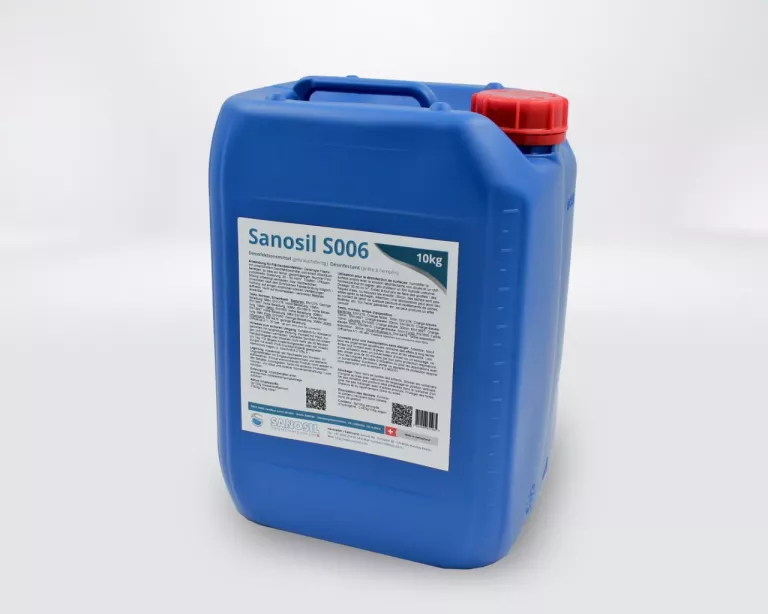
Ready-to-use disinfectant with depot effect for surfaces with elevated hygiene requirements
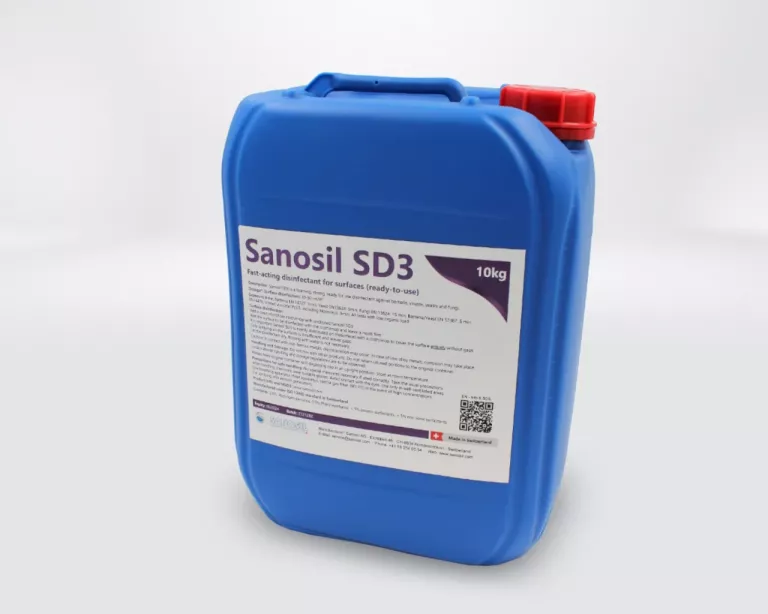
Ready-to-use disinfectant with very rapid action for surfaces with elevated hygiene requirements
Ready-to-use specialized disinfectant with depot effect for highly contaminated and organically loaded surfaces
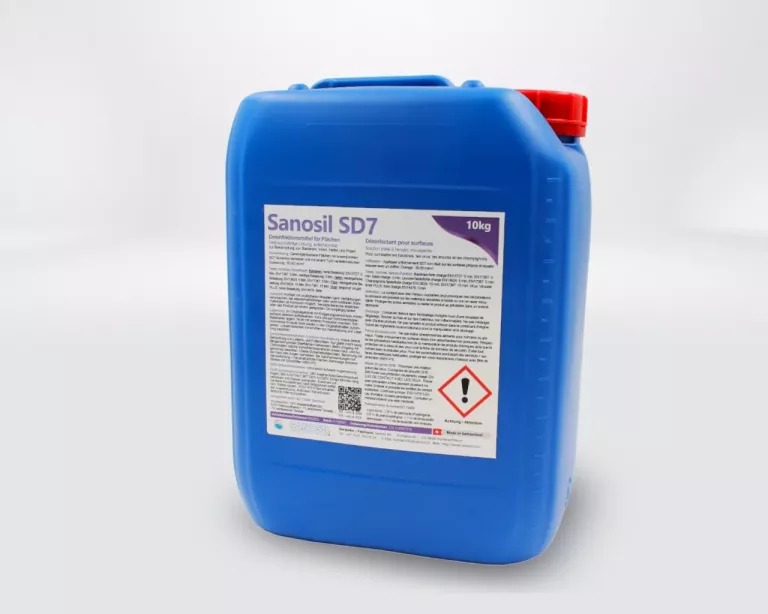
Ready-to-use sporocidal disinfectant with very rapid action for surfaces with elevated hygiene requirements
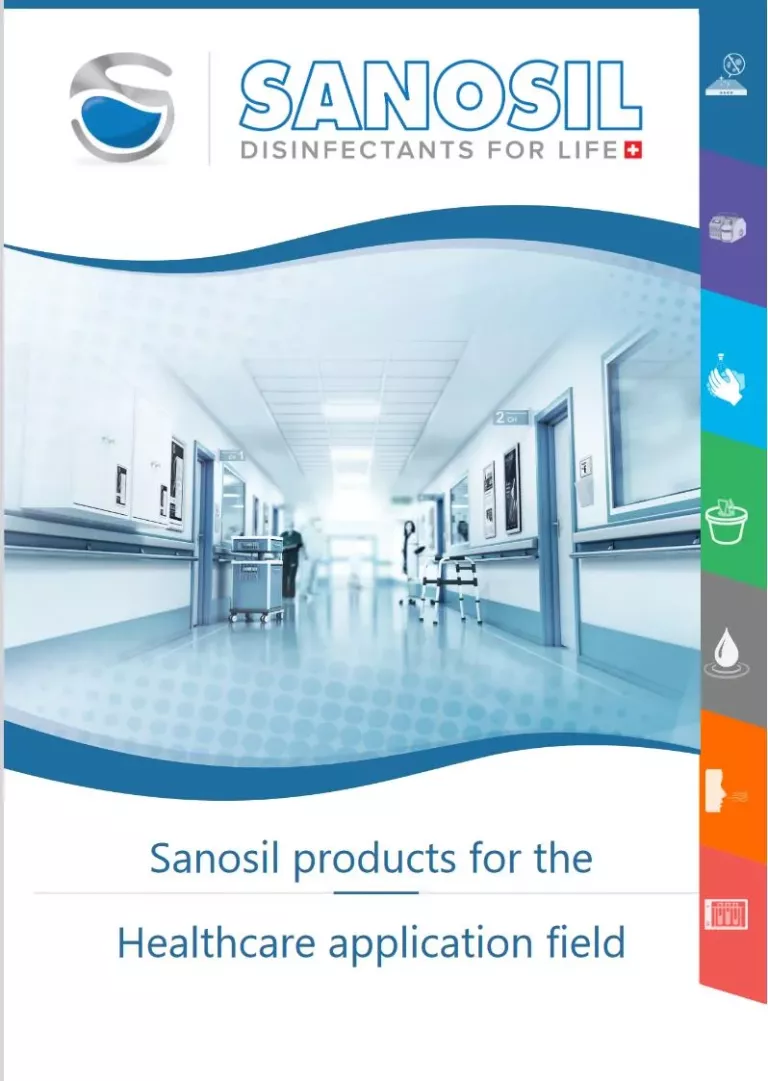
Whenever a product is used for surface disinfection, attention must be paid to its tested effectiveness. This ensures that the targeted germs can be effectively reduced. The following effectiveness levels are distinguished:
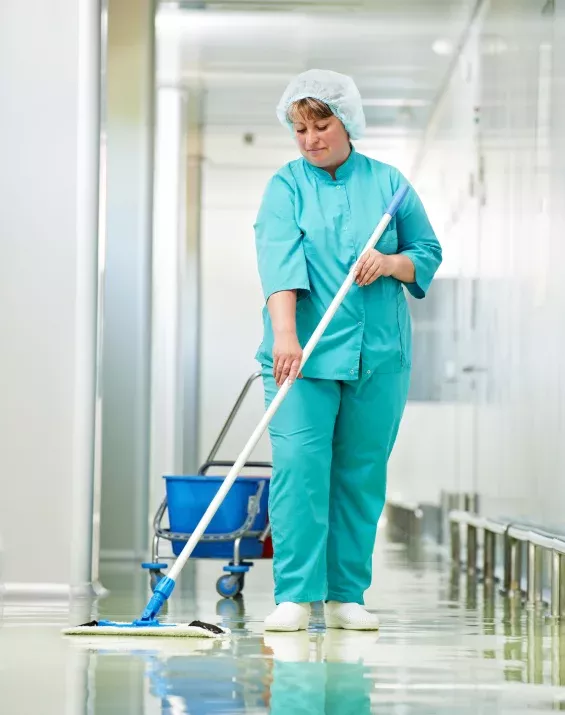
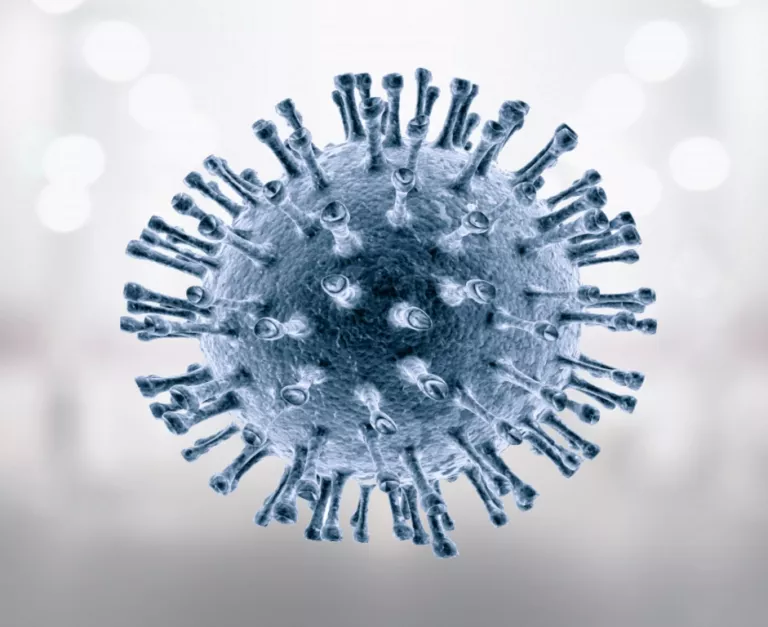
The effectiveness against viruses is somewhat complex, as three different classifications are distinguished:
Among inexperienced users, the spraying method for surface disinfection remains widely practiced. However, a few simple sprays are not sufficient for thorough disinfection of surfaces:
For these reasons, whenever possible, surface disinfection should be complemented by wiping with wipes (e.g., pre-soaked SanoWipes). The spray-wipe method allows for better surface wetting, conserves disinfectant, and offers a significantly better efficacy profile compared to spray-only applications without mechanical action.
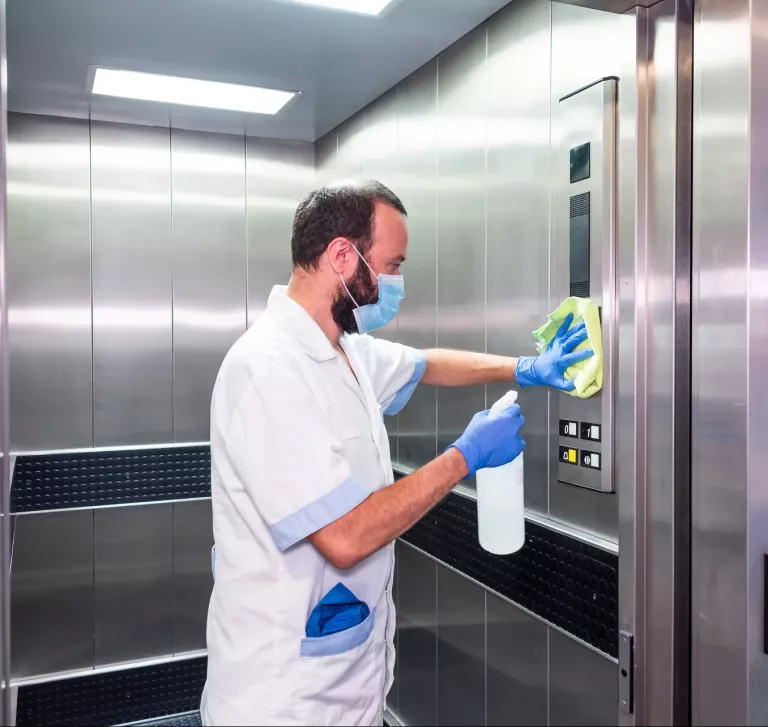
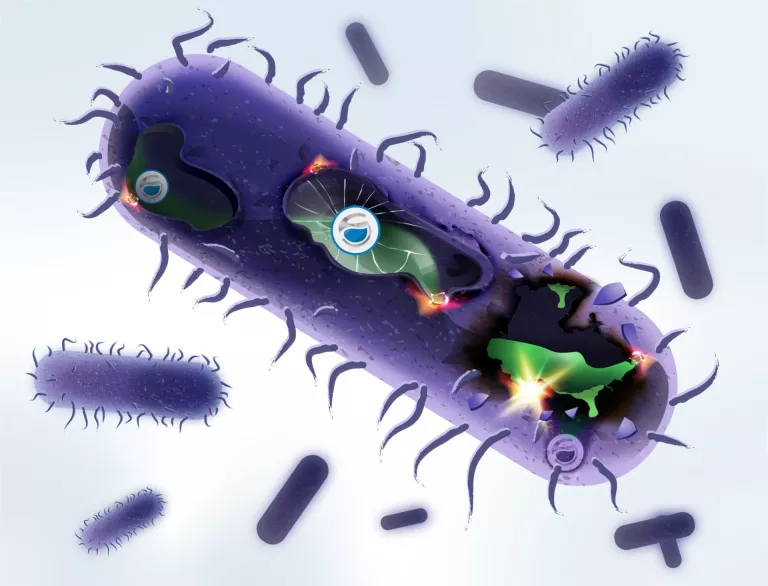
Our core competencies include the manufacturing and application consulting of disinfection products for water systems, surfaces, and air (complete room disinfection).